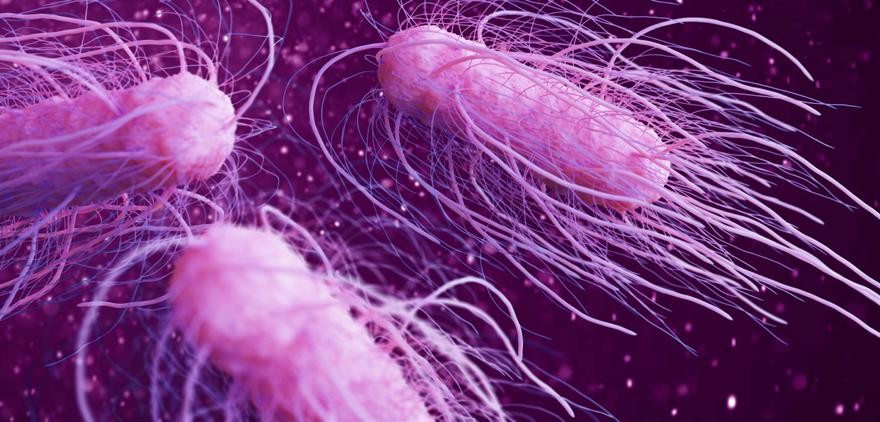
3 minute read
Salmonella reduction success for NSW
Words by NSW Food Authority
The results are in and NSW’s food safety regulator has received top marks in its goal of reducing foodborne salmonellosis by 30% as part of the NSW Food Authority’s Food Safety Strategy 2015-2021.
NSW Food Authority CEO, Dr Lisa Szabo said the NSW Food Safety Strategy 2015-2021 was an ambitious undertaking that was born out of need following record numbers of Salmonella infections and food poisoning outbreaks reported over the 2010-14 period.
“We identified a need to combat this increase, and that began with empowering food businesses with information and education, helping to instil a food safety culture within the sector, and introducing world-leading surveillance of foodborne pathogens,” Dr Szabo said.
“By starting with that as a foundation, it was a far easier task to successfully meet the strategy’s objectives which included the specific target of a 30% reduction of foodborne salmonellosis.
“Under that umbrella target, incidence of the main Salmonella strain responsible for food poisoning in NSW and Australia fell by 60%.”
Dr Szabo said in addition to illness in the community, another unwelcome consequence of increasing outbreak numbers was increased health care costs and resource burden for NSW consumers and affected government agencies.
“Achieving a reduced regulatory burden and reduction in health care cost not only ensures the ongoing confidence in the NSW food sector but has a positive impact on the broader community,” Dr Szabo said.
“The direct outcome of achieving the 30% reduction target was an estimated 40,000 fewer people contracting salmonellosis and a saving in health care costs of approximately $196 million between 2017 to 30 June 2021.”
Dr Szabo said key to the achievement was improving capacity for early identification and intervention.
“An analysis of the outbreaks during the reporting period of 2010-14 identified some common root causes of food poisoning including a lack of understanding in some businesses of proper cleaning and sanitising practices, and the mishandling of eggs used in foods that did not involve a cooking step or other processing.
“Working closely with industry and our stakeholders, we focused on measures aimed at addressing those causes.
“This was complemented by improved disease surveillance, supported by whole genome sequencing technology implemented by NSW Health, to identify outbreaks of illness at the earliest opportunity and halt spread in the community.”
Dr Szabo said the use of genome sequencing enabled the state’s health system to swiftly identify previously undetectable clusters of foodborne disease.
“This is a hugely exciting step forward, because faster detection means faster response and fewer people becoming ill,” Dr Szabo said.
“These achievements cannot be underestimated.
“The use of this technology was instrumental in the control of a Salmonella strain threatening consumers and the egg industry in 2018.
“Interventions to control this strain are estimated to have prevented over $2 billion in losses to the egg industry over a 20-year projection.”
The Strategy’s objectives went beyond harnessing new technologies and took a holistic approach working with other teams within the NSW Department of Primary Industries (DPI) Biosecurity & Food Safety Branch, NSW Health, local government, Registered Training Organisations (RTOs) and key food industry stakeholders.
“The success of the reduction strategy was in no small part due to our ability to work together,” Dr Szabo said.
“Over the life of the Strategy, about 72,000 people in NSW were trained and certified as Food Safety Supervisors (FSS) for their business, while the Food Authority and local councils developed and implemented a compliance strategy targeting high risk foods and poor food handling in the foodservice sector.”
In addition to the health and safety benefits and savings, the success of the Strategy positions the NSW food sector as a premium product, maintaining its strong brand reputation and providing NSW food businesses with domestic and export market opportunities, in turn contributing to the State’s economic growth and prosperity.
Further food safety information is available at the NSW Food Authority website: www.foodauthority.nsw.gov.au
The NSW Government Food Safety Strategy 2015-2021 can be found at: www.foodauthority.nsw.gov.au/sites/ default/files/_Documents/corporate/ Food_Safety_Strategy.pdf . f

